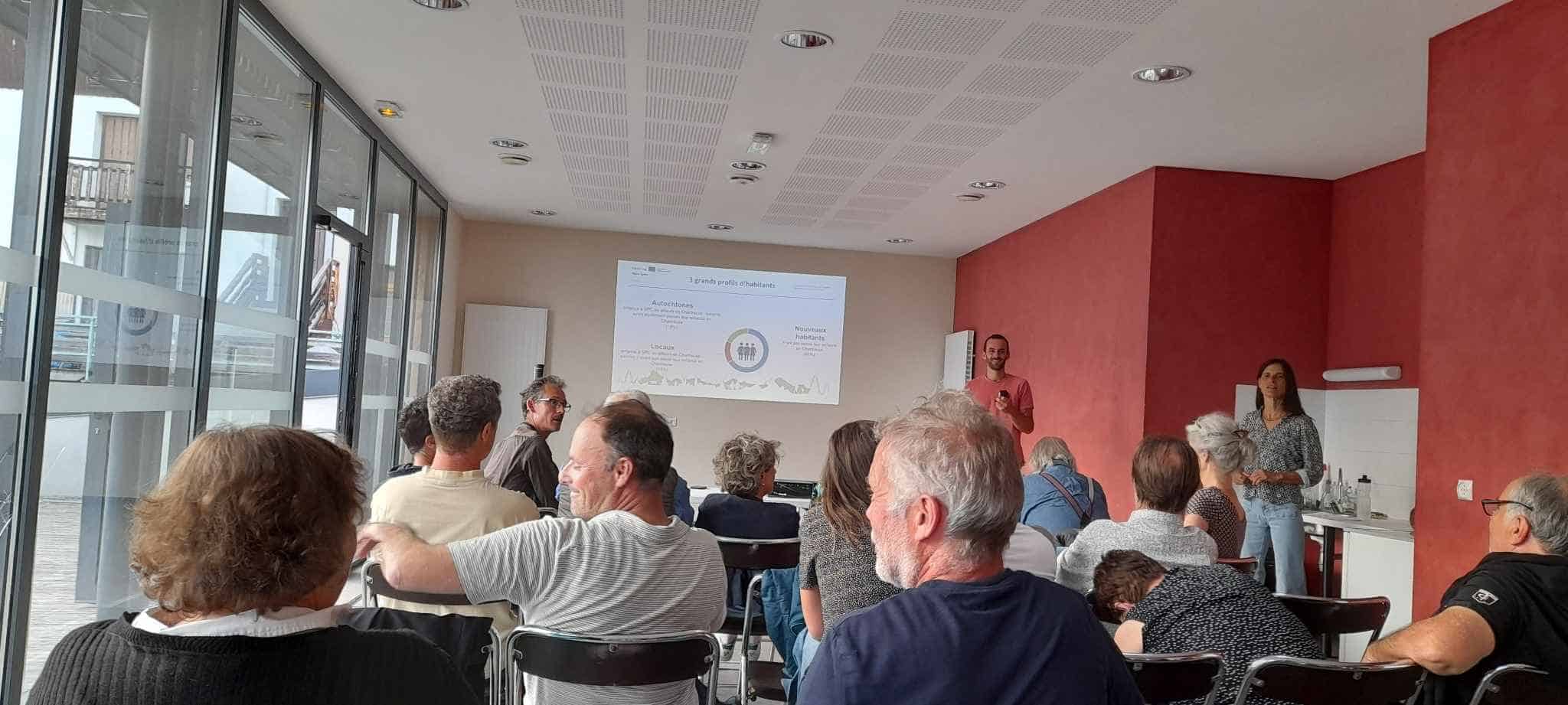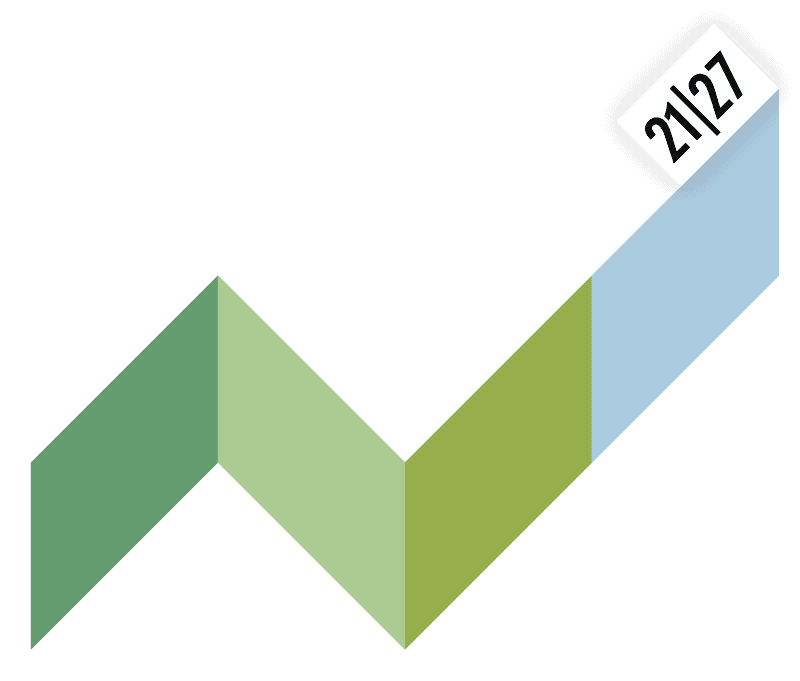As part of the social analysis conducted by the TranStat team in the area, and following an initial phase of qualitative analysis (in the form of interviews), we developed a questionnaire for permanent residents. Distributed online, via mailboxes, and in face‑to‑face encounters, it collected over 300 responses — roughly half of the adult population of the municipality. The qualitative survey had emphasized the importance of the issue of sociodemographic change within the community, exploring the differences between groups of residents based on their residential trajectories. The questionnaire helped shed further light on this topic.
Several elements emerge as common threads connecting the different populations of the territory. In fact, the vast majority of residents have a strong attachment to the Chartreuse region and to the fact of living in the mountains, and they hold a favourable attitude towards tourism and the ski resort. The local cultural and community vibrancy is also highly valued, and active engagement in the life of the area serves as a link between residents. Moreover, the population is largely aware of the significance of climate change and its associated challenges.
On the other hand, certain topics appear to be more divisive within the population. For example, the proposal to invest further in the ski resort in order to maintain skiing as long as possible is controversial: 61% of respondents oppose it. Most notably, this split is evident between different groups of residents. More than half of those born and raised in Chartreuse area are in favor of such investments, compared to only a third of those who were not born there. More generally, people who were born and grew up in the area express more concern about the future than others: the survey reflects their fears of a town that is “dying” and gradually turning into a dormitory village. Thus, differences seem to be observable in the overall relationship to change of the different groups of inhabitants: this dimension of the relationship to change thus appears essential for studying the population of a territory in transition.
This work was presented to local authorities, socioeconomic stakeholders, and residents of the municipality, in order to refine their understanding of the area and to fuel discussions, thereby contributing to ongoing initiatives in the area.


